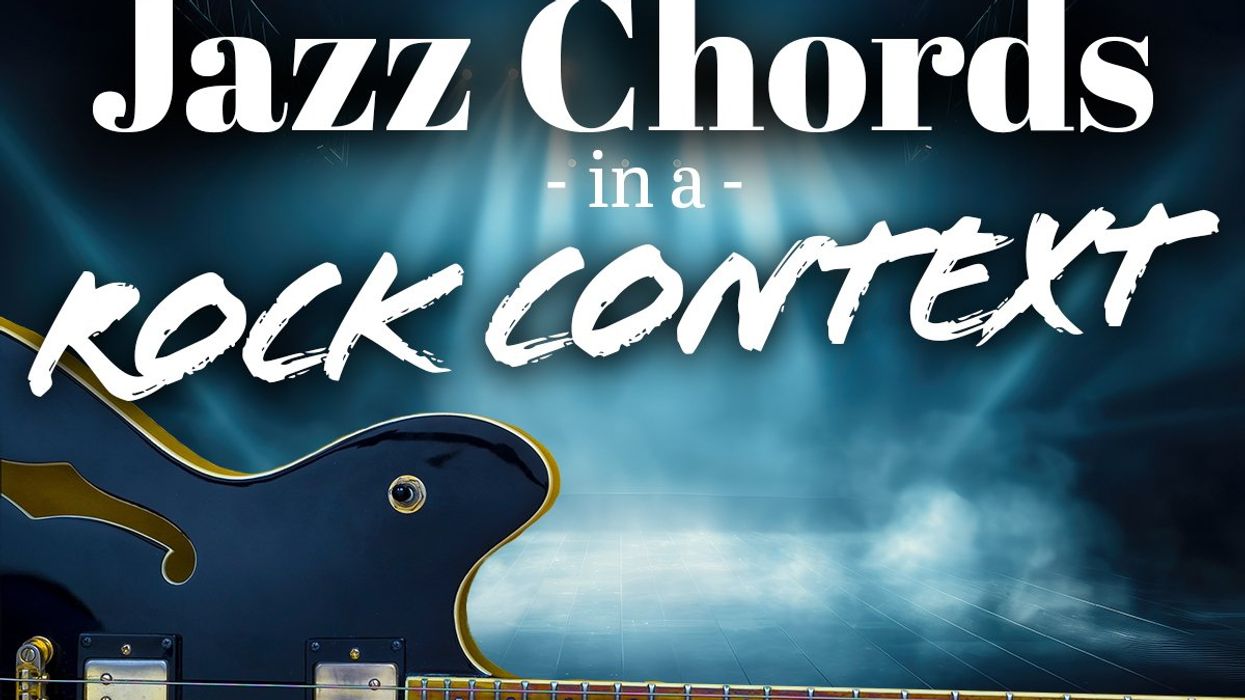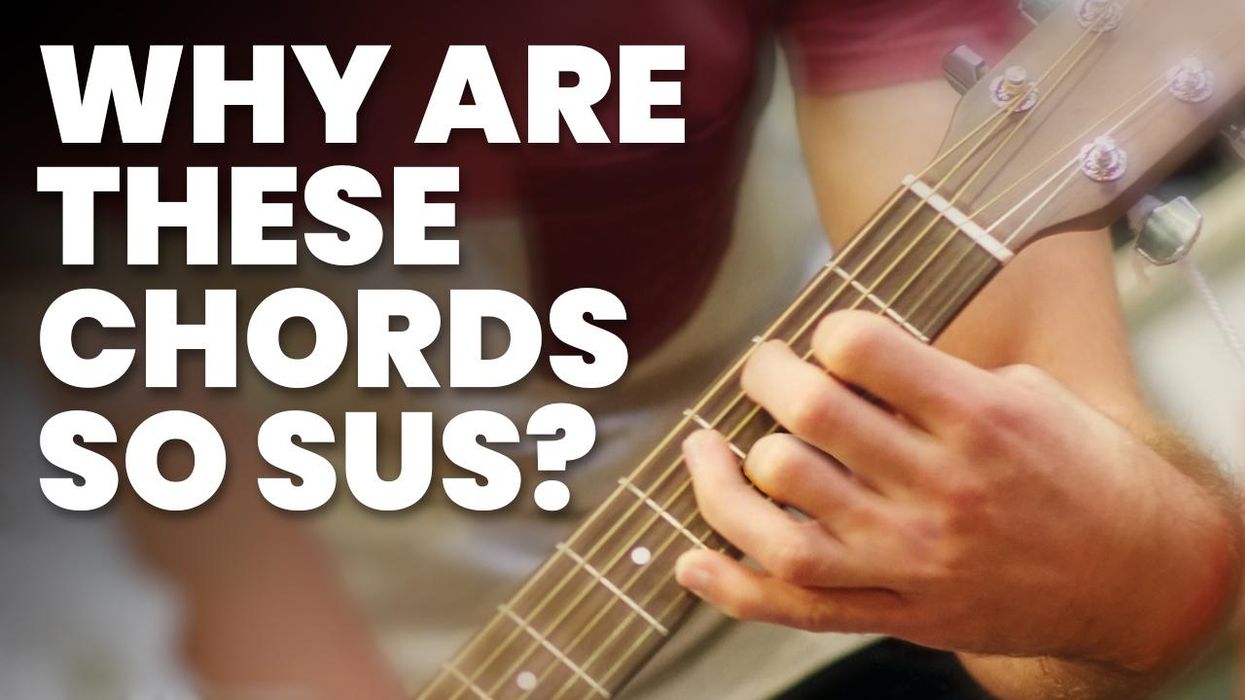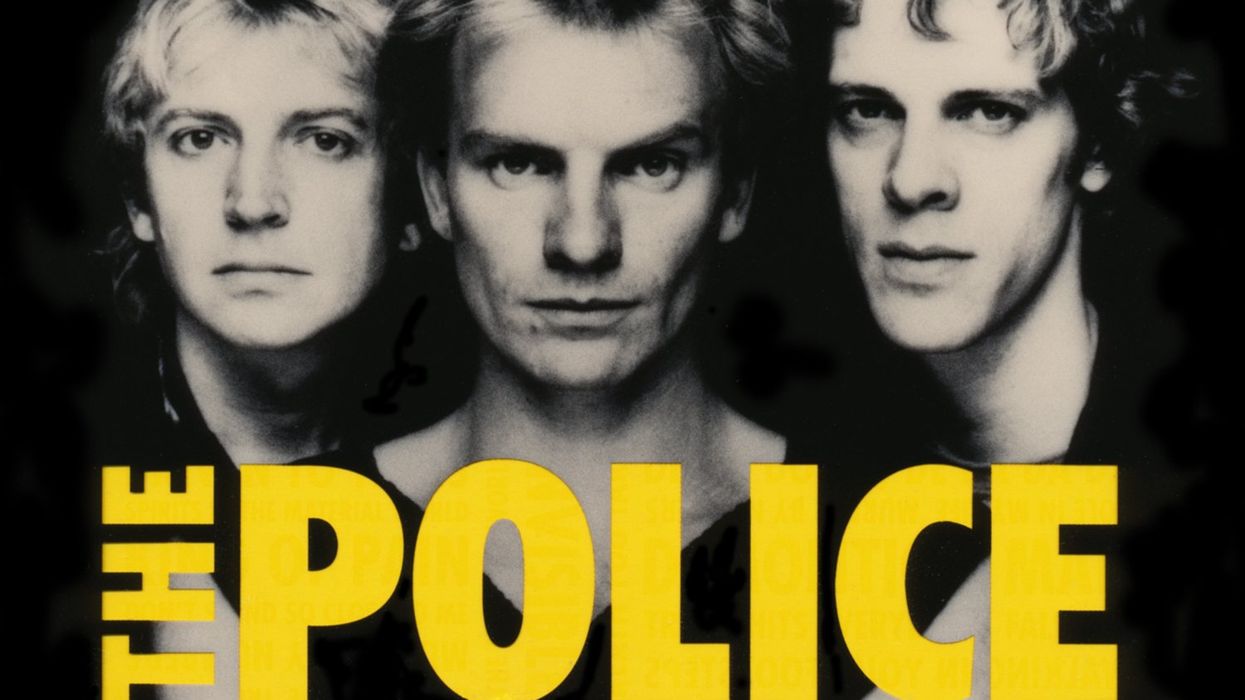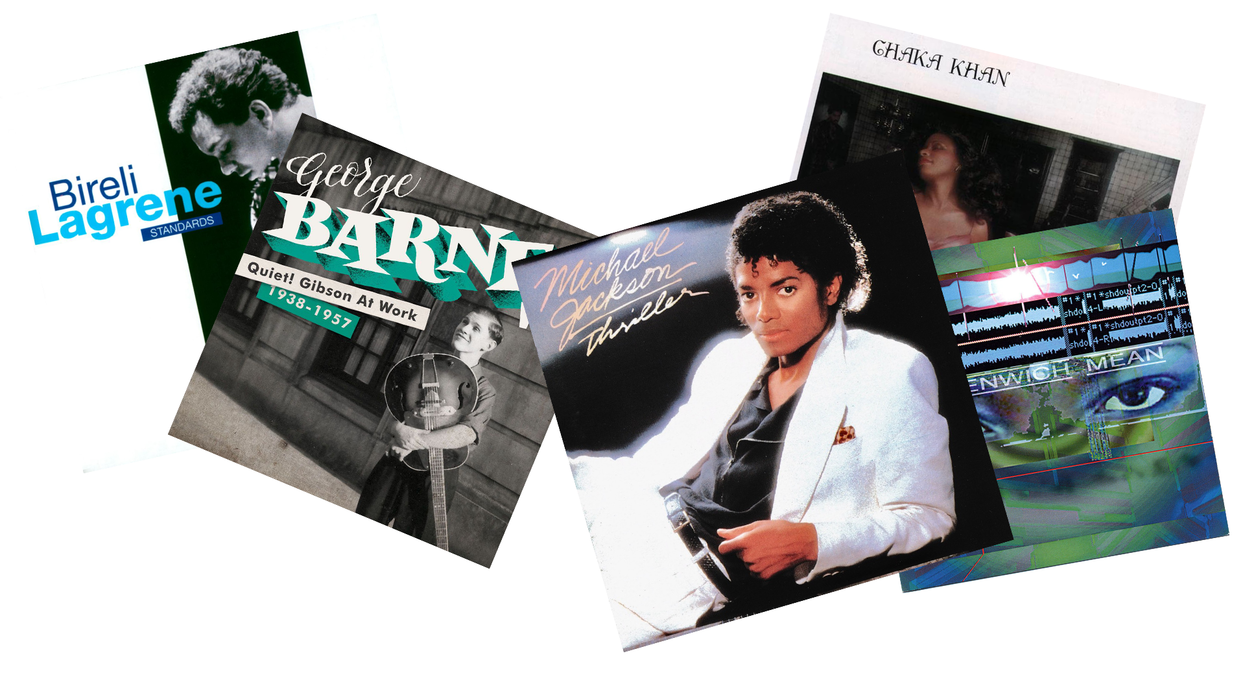It’s been nearly 60 years since the guitar-bass-drums trio came into existence as a legitimate jazz combo format – a format launched almost single-handedly by Barney Kessel. No one brought more fame to this idiom, and no one exuded more confidence in it, than Barney. The number of recordings he made as the front man in a trio is staggering, and becomes more impressive by the many awards he won in the jazz mag polls of the ‘50s. Last month I presented a bit of history on the Gibson artist model that was named for Barney (produced between 1961 and 1973). Today, let’s look at a topic of far greater importance: his formidable musical contributions to jazz. As we proceed, readers unfamiliar with BK might want to visit YouTube and search for “Barney Kessel.”
The possibility of the guitar replacing the harmonic role of the piano in a jazz trio did not occur until the guitar was first electrified. Charlie Christian brought the electric guitar into the spotlight, “playing hornlike single lines”, but the next logical step in the guitar’s evolution was brought about by Kessel, whose interest was also the instrument’s harmonic capability, or chords! Barney had started off learning the guitar by copying Christian’s ideas, and later commented, “I had been methodically lifting his ideas from records, (and) all I knew was his stuff. There were two guys playing like Charlie Christian. I knew I had to find myself.” After that initial developmental period based on imitation, Barney had realized the importance of finding his own unique voice: something that comes from inside.
While “finding himself” meant discovering his own style, for Barney it also meant movement towards a much more pianistic approach to the guitar. In this development, Barney may have been the earliest guitarist to believe that the guitar was capable of executing the same primary harmonic role as the piano, and starting in the early ‘50s, began organizing combos without the presence of the piano. This was all ground-breaking work – Barney believed that mastery of the instrument meant one had an in-depth understanding of harmony as applied to the fretboard, in a pianistic approach. His chordal solos and single line solos reflect this depth of understanding. In the manner of a pianist, Barney was capable of playing riff figures, blues figures, shout chorus figures, and whole improvised choruses, using chords. Essentially these were improvised melody lines with chordal harmony underneath.
To illustrate this chord conception, I have included some examples that I have heard B.K. use repeatedly, figures which are part of his unique improvisatory lexicon. In the examples, the single line melody is always the highest sounding voice in each chord. Chord diagrams are shown above each melody note (for further study of this technique, I refer you to my book How to Play Chordal Bebop Lines, for Guitar, and Ron Eschete’s Chord Melody Phrases for Guitar; both of which are available from jameyaebersold.com). We are indebted to Barney for showing us that a whole new harmonic world exists beyond single-line soloing!
Pattern 1)
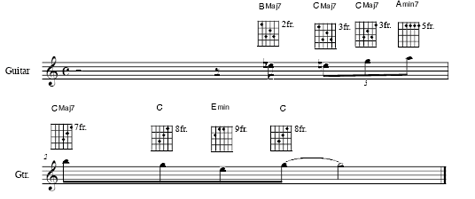
Tonal center C major.
Pattern 2)

Tonal center C minor.
Pattern 3)

Tonal center D major (to be used over the ii-V sound).
Pattern 4)

Tonal Center G major (this is another ii-V type pattern).
Pattern 5)
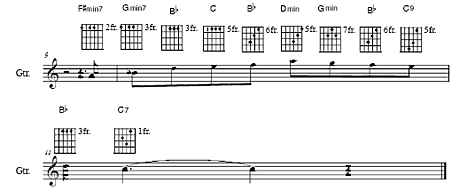
Tonal Center F major (a variety of chords from the F major chord scale imply a C7 sound).
Pattern 6)
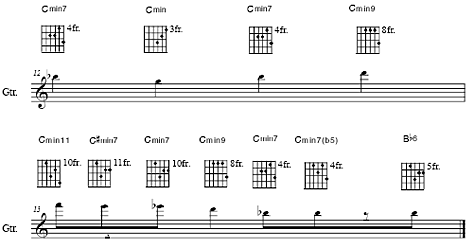
Tonal Center Bb major (essentially a ii-V-I in Bb).
Jim Bastian
A clinician and jazz educator, Jim Bastian is a 10 year veteran of teaching guitar in higher education. Jim holds two masters degrees and has published 6 jazz studies texts, including the best-selling How to Play Chordal Bebop Lines, for Guitar (available from Jamey Aebersold). He actively performs on both guitar and bass on the East Coast. An avid collector and trader in the vintage market, you can visit Jim’s store at premierguitar. (dealer: IslandFunhouse).

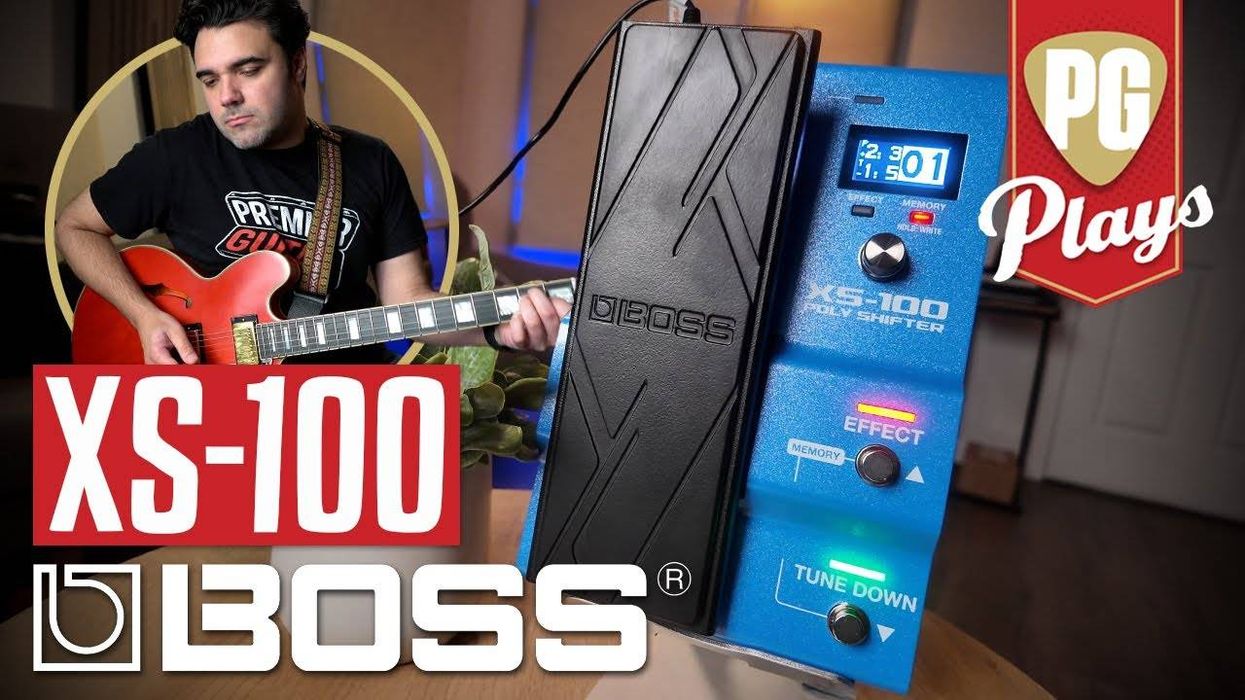


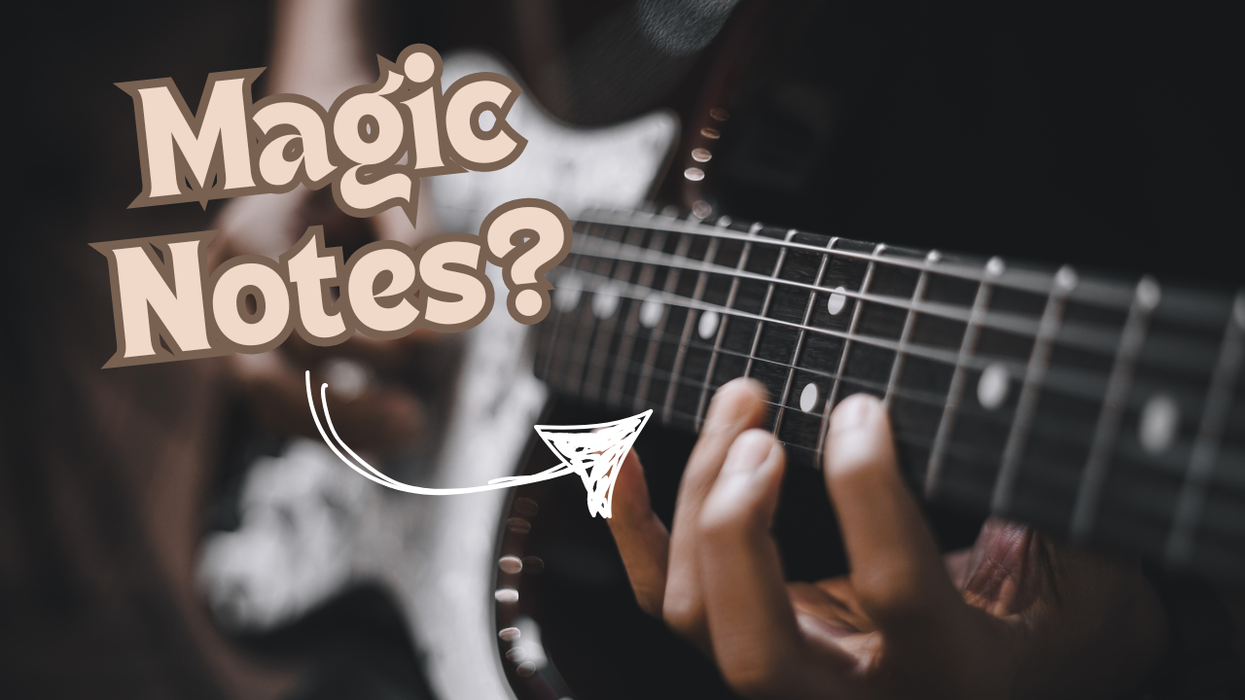





![Devon Eisenbarger [Katy Perry] Rig Rundown](https://www.premierguitar.com/media-library/youtube.jpg?id=61774583&width=1245&height=700&quality=70&coordinates=0%2C0%2C0%2C0)
